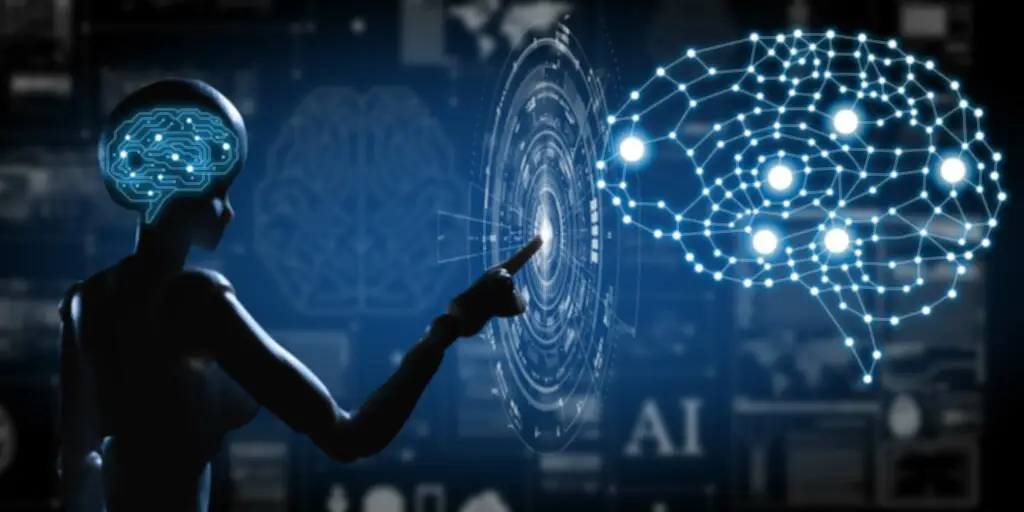Link your brainstorming session to your fishbone chart and your project planning map—or another map—to hold documents cause-effect diagram organized and straightforward to find. A trigger and effect diagram examines why something happened or would possibly happen by organizing potential causes into smaller classes. It can be helpful for showing relationships between contributing factors. One of the Seven Basic Tools of Quality, it is sometimes called a fishbone diagram or Ishikawa diagram.
Bring Your Brilliant Ideas To Life
The diagram exhibits that a defective machine half could contribute to defects in the product’s size, form, and color, as properly as have an result on the machine’s overall efficiency. The group realizes that addressing the faulty machine parts may considerably impact the ultimate product’s high quality. The diagram consists of a central backbone, resembling a fishbone, with branches that symbolize completely different classes of potential causes.
Trigger And Effect Diagram Template Download

The diagram can have greater than 4 categories, as could be present in service organizations using the groupings of price, folks, product, process, promotion, coverage, place, and processes. The Cause & Effect, or fishbone diagram, was first utilized by Dr. Kaoru Ishikawa of the University of Tokyo in 1943. This diagram is used to establish all the contributing root causes more probably to be causing a downside.
Cause-effect Diagram Features From Mindmanager
During the brainstorming session, ask your staff to evaluate the importance of each cause and its respective influence on the given problem. If you will conduct trigger evaluation at different phases, you will stay centered on discovering the high-impact areas. Different elements, like manpower, machine, materials, measurement, mother nature, and method, can represent these classes. Try to create completely different classes that you think are relevant to your drawback. Creating a cause-and-effect diagram is educational and fun, because it helps establish all the problems in detail. Additionally, it helps us understand what preventive measures we have to take to be able to make knowledgeable selections.
- Use our virtual sticky notes to highlight necessary data, add context to complicated ideas, or embody callouts.
- It is at all times really helpful to interrupt down the causes into a quantity of sub-causes.
- Addressing oblique causes may be more practical in the lengthy run since they’ll have a wider impression and might contribute to fixing future problems.
- Although the cause and effect diagram does not have the standard look of the Ishikawa or fishbone diagram, it can be read the identical method.
Cause and effect diagrams start with the effect on the middle of the diagram, represented by a box or a circle. Then, branches get drawn out from the center, representing attainable causes of the impact. This helps teams to establish multiple components that contribute to an noticed impact. MindManager makes brainstorming, analyzing information, and discovering challenges easier.

This comprehensive research guide presents 1,000+ exam-like questions for Green Belts (2,000+ for Black Belts) with full answer walkthroughs, entry to instructors, detailed study materials, and extra. The WHY QUESTIONS must be mirrored on the chart as smaller branches and twigs. In follow, the group would wish to exhaust every of the items listed as potential causes through using the ‘five whys’ approach. A cause and effect diagram is a graphic software used to explore and display the possible causes of a certain effect. Additionally, involving all staff members fosters a way of ownership and credibility.
The cause-effect tree is conceptually much like the cause-effect diagram. It is usually simpler to construct, and some computer software packages have adopted this type. This construction permits for an organized exploration of potential causes, making certain that various views and components associated to the problem are thought-about.
Since these notes can be simply hooked up and moved, it will make the process more flexible and the outcome easier for the individuals to visualize. Root trigger evaluation must be thorough sufficient to “root” out the deep and hidden causes that are usually missed with fast fixes to issues. So, the more elaborate the diagram, the better the prospect of rooting out the issue within the course of. The key advantage of a cause and effect diagram is that it directs the eye of the analyzing group in a structured manner. In addition, the use of a diagram structure makes it easier to view an advanced state of affairs, which can clarify any relationships that will exist between the highlighted objects.
Users can customise their sticky notes, making it faster to see who’s commenting throughout charts. Verify that the trigger on the end of each causal chain is doubtlessly a root cause. (1) You can trace a logical causal relationship from that trigger, by way of all its intermediate causes, to the ultimate effect being defined. (3) Therefore, if shown to be true, that trigger might be eradicated, and the effect would disappear or be reduced. The second key strength of this device is that its graphic illustration permits very complex conditions to be presented, displaying clear relationships between parts.
Understanding the contributing elements and main causes of failed processes or systems can help within the growth of measures that can sustain improvement, which is important in a healthcare setting. Both the fishbone diagram and the trigger and impact matrix are useful RCA tools, but they have completely different strengths and limitations. The fishbone diagram is extra suitable for complex or ambiguous problems that require a comprehensive and structured analysis of the potential causes. The fishbone diagram also encourages creativity and collaboration, because it lets you involve totally different stakeholders and views within the brainstorming course of.
Fishbone diagrams are considered certainly one of seven primary quality instruments and are used in the “analyze” section of the Six Sigma DMAIC (Define, Measure, Analyze, Improve, Control) method to problem-solving. A fishbone diagram, also referred to as an Ishikawa or trigger and effect diagram, supplies a visual illustration of potential causes resulting in a particular downside or effect. Each of these main classes additional branches out to depict the particular elements contributing to the first drawback.

Each department represents a potential class of causes that could probably be contributing to the issue, such as folks, methods, machines, supplies, measurements, and environmental elements. Subsequently, sub-branches or “fishbones” extend from every major department, additional detailing particular causes inside every class. A cause and impact diagram, also known as an Ishikawa or “fishbone” diagram, is a graphic tool used to discover and display the possible causes of a certain effect. Use the classic fishbone diagram when causes group naturally beneath the classes of Materials, Methods, Equipment, Environment, and People. Use a process-type cause and impact diagram to show causes of issues at each step in the course of.
As you can see, the branches are subdivided into smaller branches and twigs. If the unique Cause and Effect Diagram had more detail, these charts in all probability would have been called tree diagrams. Other uses for the Cause and Effect tool embrace theorganization diagramming, elements hierarchies, project planning,tree diagrams, and the 5 Why’s. These guidelines could be useful however should not be used if theylimit the diagram or are inappropriate. At SkyMark, we often create the branchesof the cause and impact tree from the titles of the affinity setsin a preceding affinity diagram.






